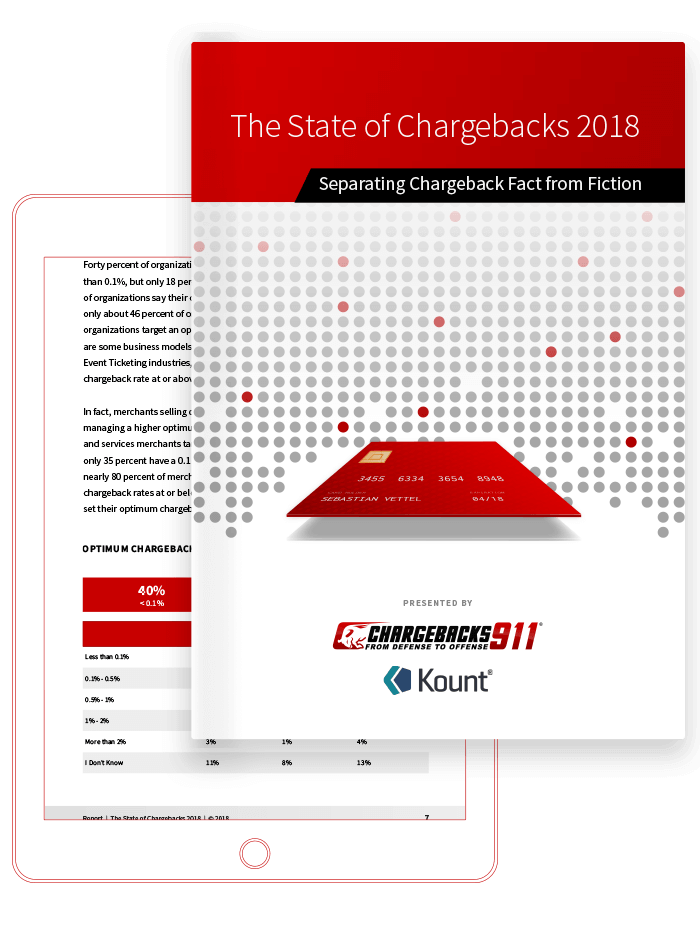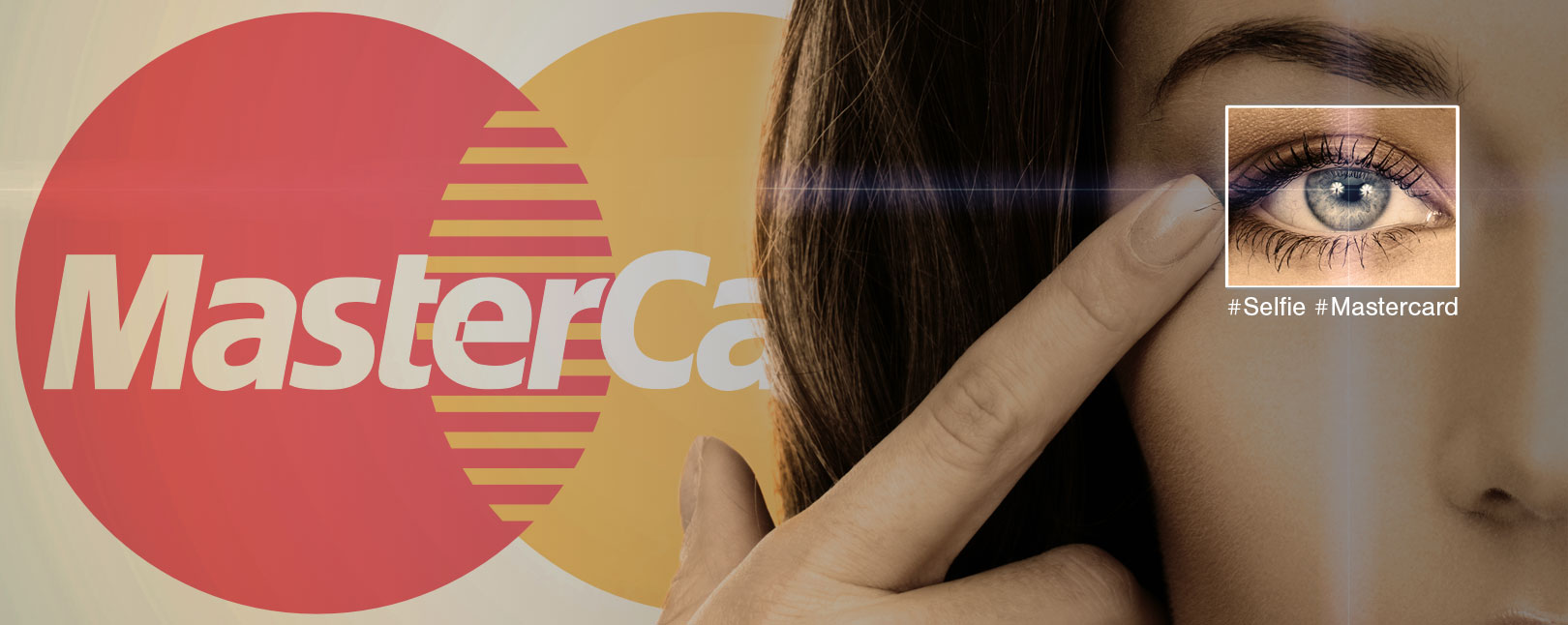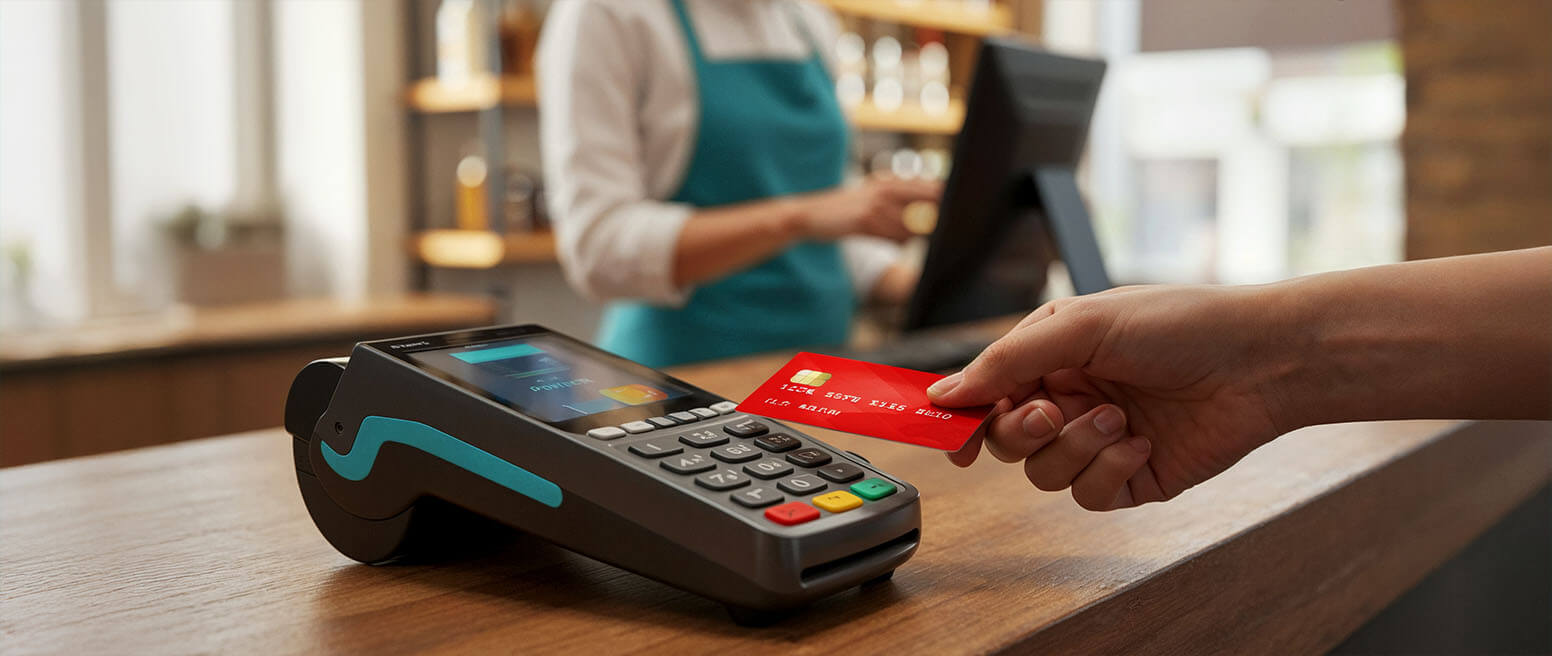Fingerprints and “Selfie Pay” Bring New Levels of Security and Usability for Consumers
The future of ecommerce security is here, in the form of revolutionary technology capabilities: selfie pay, Mastercard Identity Check. Commentators refer to it as “the perfect way to pay” for millennials and the selfie generation.
They are, of course, referring to Masterard’s Identity Check, or “Selfie Pay,” as it’s more commonly known.
Selfie Pay, Mastercard Identity Check, is Mastercard’s Trendsetting Technology
The world’s second-largest payment processor is experimenting with new facial recognition technology, enabling shoppers to authorize a purchase using a selfie instead of a signature or password.
Mastercard first announced the idea in the spring of 2015, beginning preliminary experiments late last year. The company allowed cardholders in the US and the Netherlands to play around with the app over the course of a few weeks. Now, the company is preparing for a full rollout this summer in the US, Canada, Western Europe and Scandinavia.
Selfie Pay, Mastercard Identity Check, requires the customer to stare into the camera and blink, using facial recognition software to verify the cardholder’s identity. This way, the program can reduce fraud by verifying that the phone is in the hand of the cardholder.
Early impressions seemed focused more on the sheer novelty of the technology. However, after the initial tests, a full 92% of consumers preferred the new technology to older, password-based security measures.
[Tweet "Fun fact: it’s now possible to authorize a credit card purchase with…a selfie"]A Long Time Coming
It’s no surprise that facial recognition technology is finally making its way to the world of mobile payments.
Experts have known for years that biometrics are the way in which digital security will inevitably lead. Just think back to how many sci-fi and action films you’ve seen in which people open doors or access computers with retinal scanners or fingerprint readers. Now that technology is finally arriving at the consumer level.
Biometric-secured mobile payment is not exactly new either. However, the technology really started to catch on over the past year with the arrival of Apple Pay, which uses the iPhone’s fingerprint-based Touch ID. Experts predict that 2016 will be the year in which mobile payment options like Apple Pay and the competing Android Pay will finally gain widespread acknowledgement.

The State of Chargebacks 2018
Launched as a way of collecting and analyzing industry findings, the State of Chargebacks survey reflects the experiences of more than one thousand respondents in the card-not-present space. Download to learn the latest insights on fraud and chargeback management.
Free DownloadThe War of the Biometrics
There are different options for biometric-secured mobile payments. Fingerprint scans have already been employed, while other means, like the selfie and heartbeat authentication, are all just around the corner.
While it’s still not impossible to fool a fingerprint scanner, it is exceedingly difficult. As such, some ask if facial recognition technology is really necessary when fingerprints seem just as effective. This analysis may, however, overlook customer preference.
As other commentators have keenly pointed out, the “selfie generation” is coming of age – young people who, statistically speaking, tend to be less concerned with security and privacy than their parents. These same young people love the latest, most advanced gadgets. Therefore, the Selfie Pay concept may yet find widespread appeal as millennials become a larger demographic within the consumer base.
Biometrics and Card-Not-Present Loss
It’s clear that biometrics offer advantages in card-present fraud. However, what about online transactions?
Mastercard hopes that the Selfie Pay technology will serve as an effective alternative to standard passwords. A study conducted by Mastercard in 2015 suggests that roughly one out of every three shoppers will abandon an online transaction because she could not remember a password. Mastercard reasons that simply taking a selfie for verification purposes will be an easier option, ultimately leading to much higher sales conversion rates.
Besides providing a significant potential boost to online conversion rates, the new technology will also help merchants to cut back on fraud and other revenue losses.
Since the selfie will ensure that the cardholder is present at the time of purchase, Identity Check provides an additional barrier to online criminal fraud. At the same time, friendly fraud, or fraud committed when a customer demands an unjustified chargeback, can also be reduced.
[Tweet "Fraudsters thwarted! They can steal a password, but not a face. #SelfiePay"]The Future of Payment Verification
Selfies, fingerprints, voice recognition, heartbeat—no matter which verification method consumers settle on, it seems clear that the old method of PIN and password verification is on its way out. Still, some experts worry about the security of the new biometric verification methods, specifically once the transaction is complete.
From a privacy standpoint, this new technology creates some concerns. For example, will consumers need to be attentive of the data stored in the devices, such as the fingerprint and facial images consumers set as their own?
Strong proponents of the Selfie Pay claim that the devices do not actually store images or fingerprints. Instead, they store an algorithm which the software compares against the algorithm generated by the face submitted to verify a transaction. Experts in support of the new technology assert that even if a device is stolen or hacked, the algorithm used to compare faces will be useless to a fraudster.
So, which biometric will ultimately prove to be the consumer favorite? Perhaps we will not need to choose.
At a certain point, designers may find a way to incorporate multiple different forms of biometric identification, offering a stratified system of security failsafe programs. A program which can read your fingerprint, facial structure, and heartbeat in the matter of a second is not unrealistic, nor is it far off technologically speaking.
As with all matters, in the end, the consumer will be the deciding factor. A 2013 poll indicates that more than half of responders were comfortable with fingerprint identification, while roughly 45 percent were comfortable with facial recognition. Those figures are only likely to rise with time as people become more confident in the technology.
While consumer opinions seem fairly obvious, what remains to be seen is verifiable fraud statistics. It’s impossible to be absolutely certain that Selfie Pay will help minimize fraud risk. Merchants cannot trust the technology implicitly. Additionally, there are several other chargeback triggers that won’t be negated with this new technology.
If you’d like to create a comprehensive approach to risk mitigation, contact Chargebacks911®. Our proprietary technologies and solutions have unrivaled, proven results.










